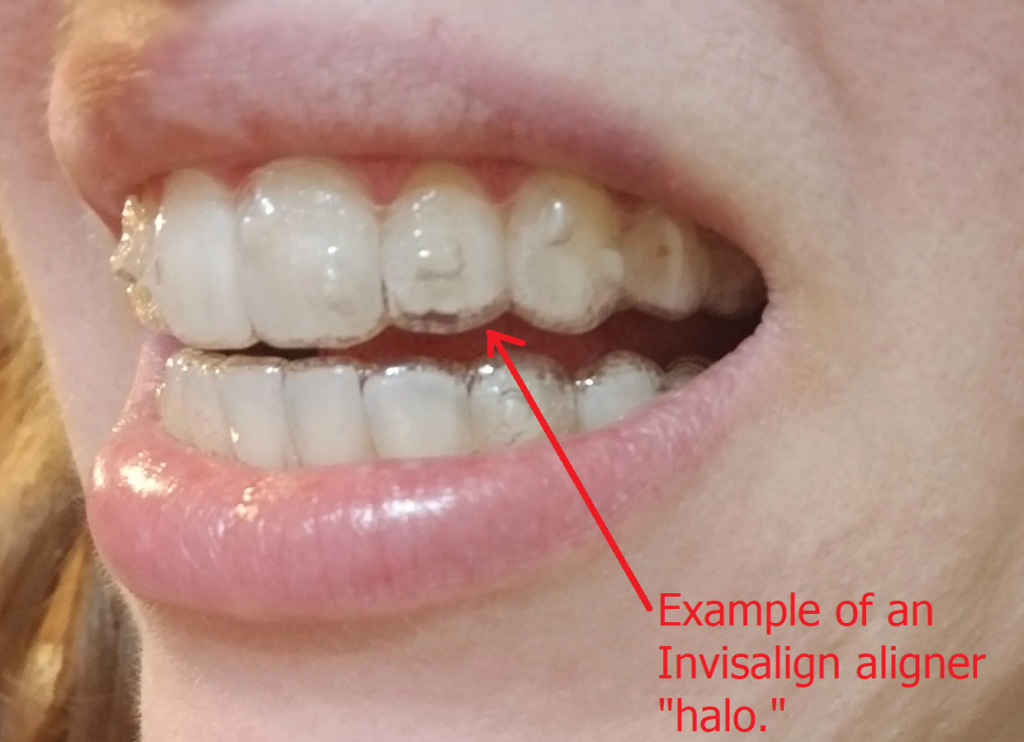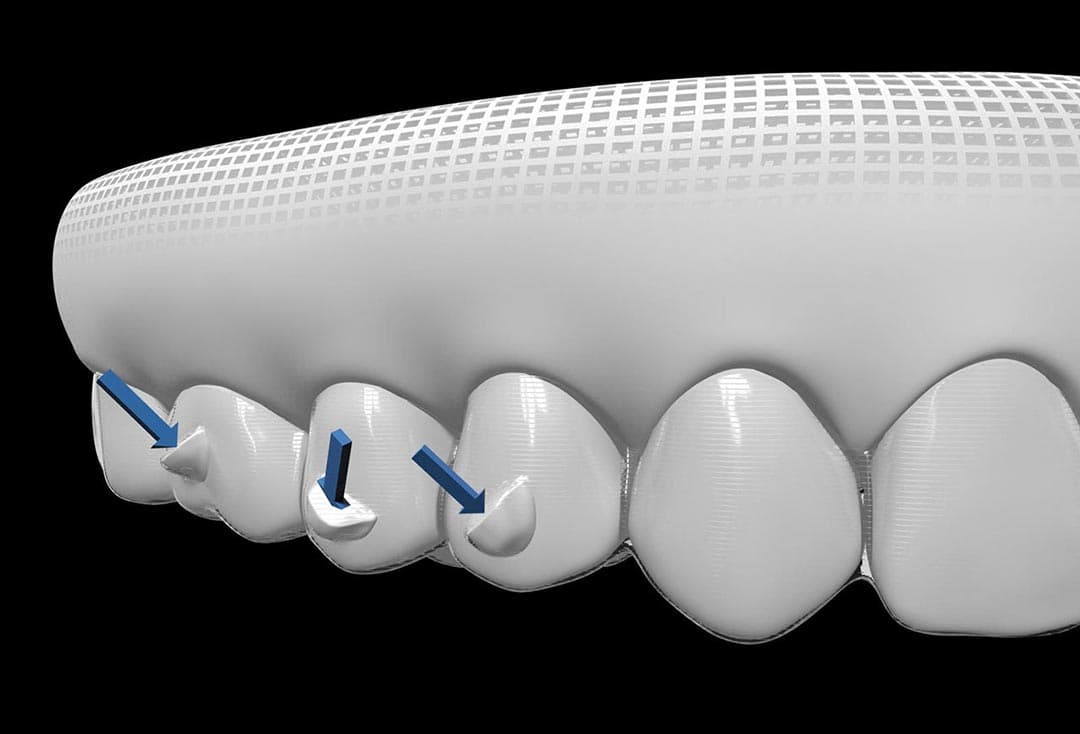The Price of Invisalign: Recognizing the Investment in Your Smile
The Price of Invisalign: Recognizing the Investment in Your Smile
Blog Article
Invisalign vs. Typical Braces: Which Alternative Is Right for You?
When thinking about orthodontic treatment, the selection between Invisalign and conventional dental braces provides numerous important elements that warrant careful examination. Invisalign provides a discreet choice with removable aligners, while conventional dental braces supply a more visible yet efficient solution for extreme imbalance.
Introduction of Therapy Options

In contrast, conventional braces include steel braces and cables that are adhered to the teeth. This approach applies continuous pressure gradually to attain positioning. While effective for complicated orthodontic concerns, conventional dental braces need normal check outs for changes and can present obstacles in maintaining dental hygiene due to the difficulty of cleansing about braces and wires.
Both alternatives have their advantages, and the option commonly depends upon certain dental conditions, lifestyle preferences, and client compliance. Inevitably, seeking advice from an orthodontic professional is critical for figuring out one of the most appropriate therapy plan customized to individual demands. Understanding the nuances of each choice can dramatically affect the total success of orthodontic treatment.
Visual Considerations
A significant element influencing the choice between Invisalign and typical dental braces is the visual charm each therapy supplies. Invisalign aligners are crafted from clear plastic, making them basically unseen when used. This discreet appearance is specifically appealing to adults and teenagers who may really feel uneasy concerning their orthodontic therapy. The capability to maintain an all-natural smile throughout the placement process can significantly improve the client's confidence in social and specialist settings.
On the other hand, standard braces contain metal braces and cables, which can be much more recognizable. While developments in orthodontic technology have brought about the advancement of smaller braces and colored elastics, typical braces still keep a more noticeable account. For some people, the exposure of dental braces might discourage them from looking for needed treatment.
Eventually, the selection between Invisalign and typical braces may hinge on individual preferences relating to aesthetic appeals. People who prioritize discretion usually lean toward Invisalign, while those who are much less worried about exposure may choose typical braces. Understanding the aesthetic effects of each alternative is crucial for making a notified choice that straightens with one's way of living and preferences.
Comfort and Convenience

In terms of benefit, Invisalign aligners are removable, making it possible for individuals to enjoy their favorite foods without constraint and preserve optimal dental health. Brushing and flossing are streamlined, as the aligners can be gotten during these regimens, whereas conventional braces call for careful steering around braces and wires.
In contrast, standard braces require normal browse this site modifications, making them much less convenient for those with hectic routines. On the whole, the comfort and comfort of Invisalign make it an attractive selection for numerous people looking for orthodontic treatment.
Treatment Duration and Performance
While both Invisalign and conventional dental braces work in dealing with oral misalignments, the duration of treatment can differ dramatically between both choices. Commonly, Invisalign therapy can take anywhere from 12 to 18 months, depending on the complexity of the situation. The clear aligners work by slowly shifting teeth into their preferred placements, and normal follow-ups with an orthodontist aid ensure progress remains on the right track.
On the other hand, traditional braces typically need a longer commitment, normally varying from 18 months to three years. This is because of their set nature and making use of cords and braces, which can be extra reliable for complex instances and extreme imbalances (Invisalign). The therapy efficiency of standard dental braces is well-documented, as they enable specific changes and higher control over tooth motion
Eventually, the choice between Invisalign and typical braces may pivot on both the expected treatment period and the details oral problems at hand. Consulting with an orthodontist is important, as they can supply tailored recommendations based upon private needs, guaranteeing the chosen method aligns with desired end results and timeframes.
Expense Comparison and Insurance Policy Options
Expense plays a substantial duty in their website the decision-making procedure for individuals thinking about orthodontic treatment, whether opting for Invisalign or traditional dental braces. Generally, the cost of Invisalign varieties from $3,000 to $8,000, while conventional dental braces usually cost between $2,000 and $6,000. Factors affecting these costs consist of the complexity of the situation, the period of treatment, and geographical area.
Numerous oral insurance plans supply partial insurance coverage for orthodontic treatments, but the specifics can vary commonly. Normally, traditional braces may be a lot more regularly covered by insurance policy plans compared to Invisalign, which some insurance providers categorize as a cosmetic procedure.
Furthermore, a number of orthodontic techniques supply adaptable layaway plan, making both therapy options much more easily accessible. Individuals must make inquiries concerning possible funding choices and price cuts for ahead of time repayments. Examining the overall expense, consisting of insurance coverage benefits and settlement plans, is essential for making an informed decision that straightens with both visual choices and budget plan considerations.

Verdict
In recap, the option between Invisalign and conventional braces rests on multiple elements, including visual choices, convenience, treatment duration, and price. Invisalign supplies a very discreet, removable option that facilitates dental health and dietary flexibility, while traditional dental braces might be better for intricate dental issues and often come with a reduced price factor. Inevitably, assessment with an orthodontist is essential to analyze specific situations and determine one of the most proper treatment alternative for accomplishing optimum oral positioning.
When considering orthodontic therapy, the choice in between Invisalign and conventional dental braces provides Source several essential factors that warrant careful analysis.Comparing Invisalign and conventional braces discloses unique therapy options for orthodontic improvement.While both Invisalign and conventional dental braces are effective in dealing with dental imbalances, the duration of treatment can differ significantly in between the 2 choices.Price plays a significant function in the decision-making procedure for individuals taking into consideration orthodontic treatment, whether choosing for Invisalign or typical braces.In recap, the selection between Invisalign and standard dental braces hinges on several factors, consisting of aesthetic preferences, convenience, therapy duration, and cost.
Report this page